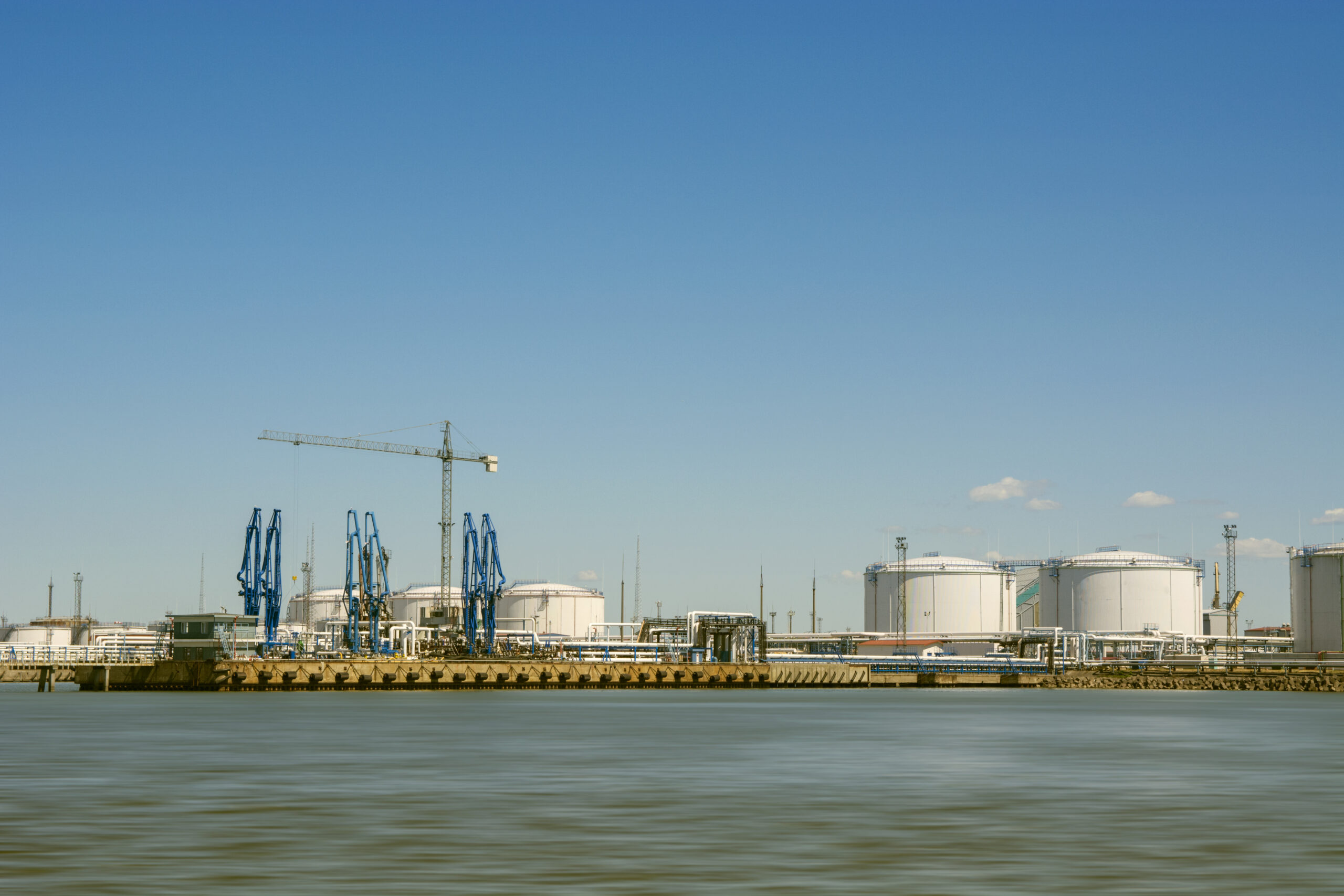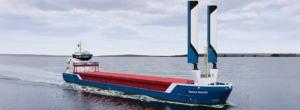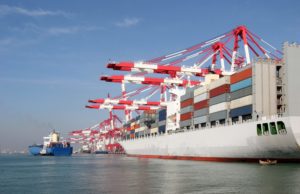The rising interest in clean ammonia, touted as the next zero-carbon fuel, is boosting orders for Very Large Ammonia Carriers (VLAC). The orderbook is stacking up with the specialised vessels, but concerns over possible delays in the start-up of planned ammonia projects have thrown a caution in the air, says maritime research and consulting firm Drewry Shipping Consultants Ltd.
In a very interesting analysis, Drewry Maritime Research, says “this is because the shortage of clean ammonia could compel owners to use their VLACs in the LPG trade. As a result, this massive influx of vessels could create oversupply and depress charter rates.”
The future of ammonia transportation belongs to large parcel long-haul ammonia trades, for which a specialised version of VLGCs – VLACs or Very Large Ammonia Carriers (90-95k cbm) are becoming the new trend in the shipping sector.
Currently, around 30% of the existing LPG fleet and 53% of the orderbook is ammonia-capable, but the majority of the ammonia seaborne trade is facilitated by the MGC segment.
For the VLGC segment, 10% of the fleet and 54% of the orderbook are ammonia-capable.
Furthermore, the structure of the LPG fleet is transforming. “The expansion of the LPG trade into the future is set to be driven by 70+ kcbm VLGC and VLAC tonnage. According to the current orderbook, 86 vessels (38 VLACs and remaining VLGCs) are scheduled for delivery during 2024-28,” Drewry said in its analysis.
VLAC ordering, which commenced in 2023, is going strong in 2024, with the first delivery scheduled in 2026.
“Interestingly, about 30 VLACs on order are scheduled to be delivered in 2027, which seems over-optimistic to us, looking at the pace of development of ammonia plants globally,” as it is noted in the analysis.
Meanwhile Drewry says it has been “tracking the development of ammonia projects for years and as per its analysis, the clean ammonia trade is expected to rise at a CAGR of around 90% in the next 10 years. The majority of the growth will be witnessed in the next five years, provided the pace of development of announced projects remains intact.”
“The spurt in VLAC orders is planned by shipowners to align with the growth of the clean ammonia quantities. However, the majority of clean ammonia projects remain in the planning stages or pilot projects, which raises concerns regarding the volume of clean ammonia available for trade when VLACs are delivered, especially in 2027.
“Any delay in the clean ammonia projects will compel owners to ply their VLACs in the LPG trade, where the vast addition of newbuild tonnage will oversupply the market, leading to downward pressure on charter rates,” Drewry concluded.
Source: Drewry Maritime Research.



